
A Guide for You and Your Horse: Preparing for and Responding to Disaster
How to prepare yourself and your horse or donkey before a disaster occurs
Disasters can strike in any place at any time, and often there is little to no warning. For horse owners, planning ahead is a particularly important part of responsible horsemanship, as transporting and housing these large animals is more complex than establishing shelters for dogs and cats. In addition, as herd and prey animals, horses are more likely to react with strong fear to new circumstances and attempt to escape from the perceived threat.
Here are things you can do now, before there is a disaster, so you and your horses are ready.
- Make a Plan: Know what to do if you stay at home or if you evacuate, and create your personal list of emergency contacts.
- Make a disaster kit: Include supplies for staying at home and for evacuations. See the lists provided in this brochure for details on what to include
- Listen to warnings and instructions from the authorities on evacuating or remaining in place in an actual disaster.
Disasters can strike in any place, at any time, and often there is little or no warning. It is vital to plan ahead to safe-guard your family, your community and yourself. People often become separated from their pets or put themselves and others at risk by refusing to leave their homes without their pets. Here are things to do now, before there is a disaster, so both you and your pet are ready.
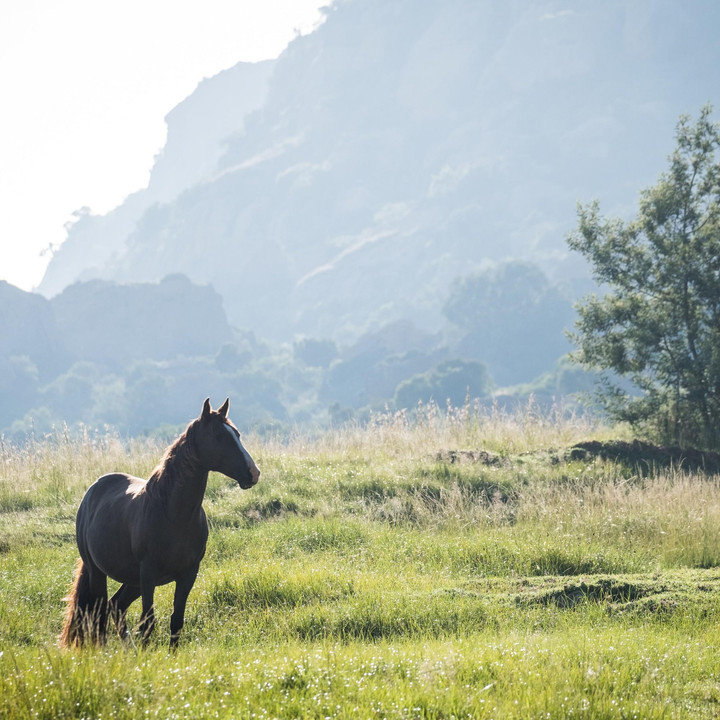
Preparation is key
Find out what you need to know here.

Safety inside
See here.

Find out here.
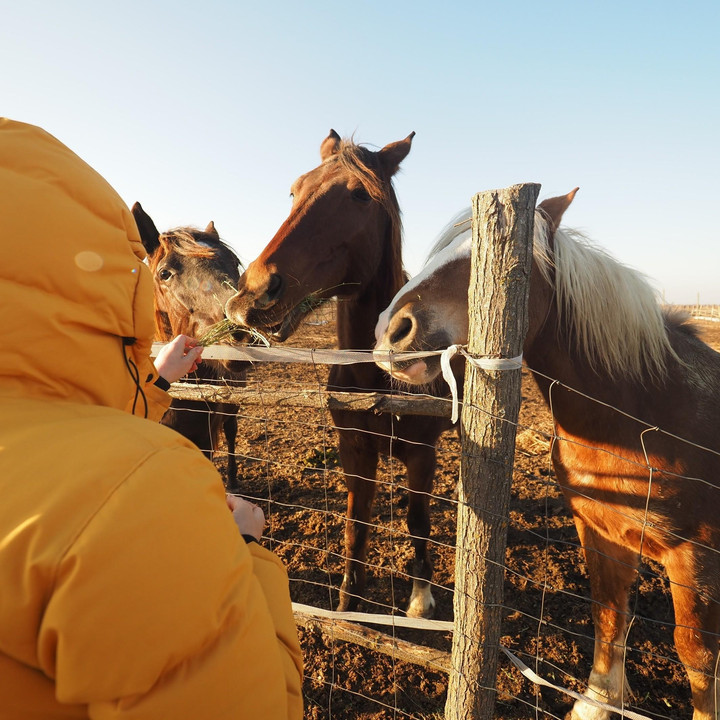
Horse Disaster Kit
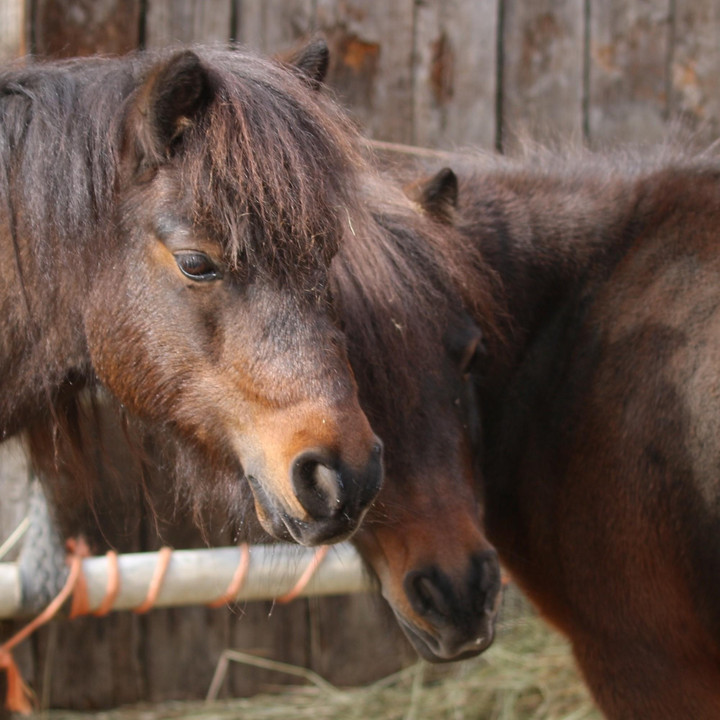
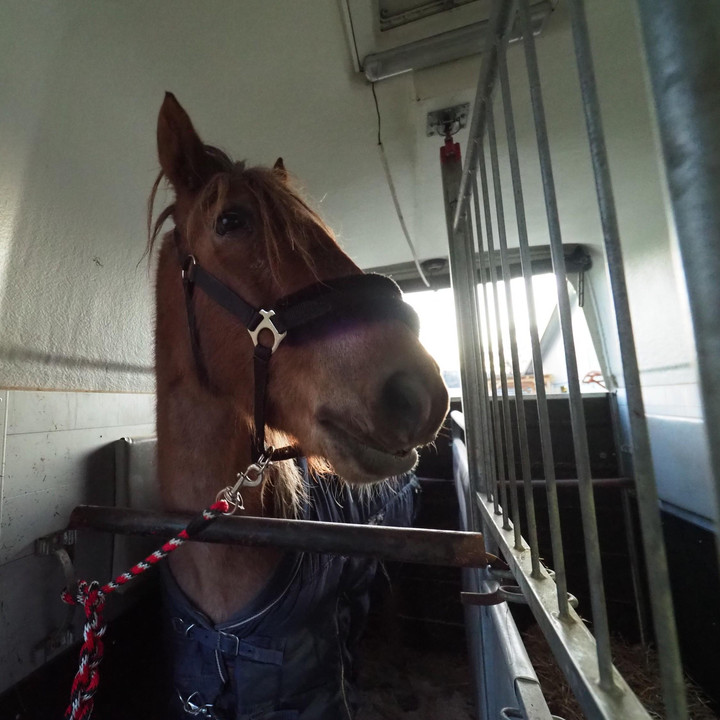
Time to leave
Know what to do and what to include in your pet emergency sit in case of evacuation.
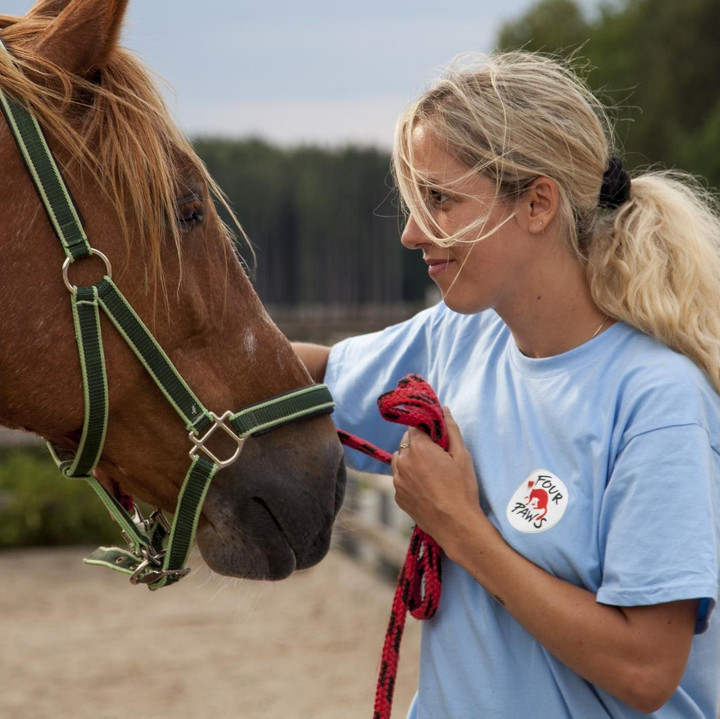
Going home
Find out what to expect and how to prepare for the return home.
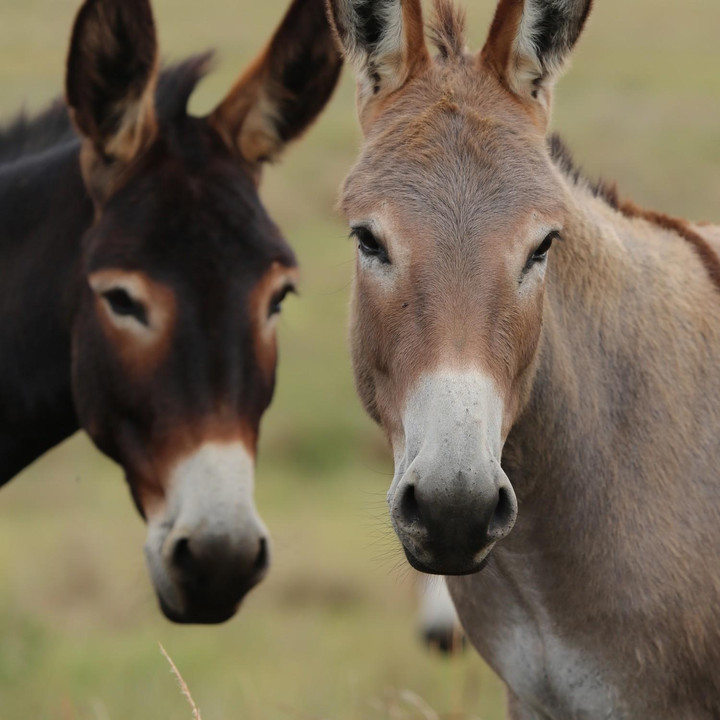
Other considerations
Planning for your horse or donkey during a disaster
Begin by creating your Horse Disaster Kit(s) as described in this brochure. Then make sure your contact list is updated and includes:
- Veterinarians (both your local vet and two horse vets that are in opposite directions up to 80 km/50 mi away)
- Friends or family who you could keep your horses with when you evacuate
- Horse evacuation centres, facilities, or horse sport centres willing to take in horses in an emergency
- Friends or neighbours who could get to and handle your horses if you are not at home
- Local rescue and emergency authorities, including any experienced equine technical rescue groups
- Persons owning a trailer or truck willing to transport your horses in an emergency
Practice evacuating quickly and calmly, including loading your horses onto trailers, trucks, or horseboxes.
In case you’re not home
If you are out of the house when a disaster strikes you may not be able to return home for your horse. Make arrangements with neighbours or friends ahead of time to care for your horses. Be sure that:
- Your horses have met the person and that person is comfortable with horses
- The person has access to barns, paddocks and pastures and knows where the Horse Disaster Kit(s) and contact lists are kept
- The person knows where to evacuate your horses to, and who to contact for transport if they cannot do the transport themselves
Staying at home and horse emergency kit
It may be safer to remain at home during a disaster – especially if evacuation would lead to a more dangerous situation. Heed the advice of authorities on whether to stay at home or evacuate. If you need to stay in your home, make sure you have stockpiled enough food, water, and medication for each of your horses to last at least a week (see Horse Disaster Kit).
Determine, based on the type of disaster and the layout of your property, whether it will be better for your horses to be turned out on pasture or kept in a barn (or temporarily stabled using sturdy moveable fencing in another enclosed space). Considerations will include:
- Whether wind or water is likely to be the biggest danger
- How far above the flood plain your property is
- How sturdy the enclosed structure is
- How close power lines are to the stable or pasture
If wind is a concern, consider using fly masks to reduce the chance of injury to eyes and face from flying debris on pasture. If your horses are not used to fly masks, get them comfortable with wearing one before disaster strikes.
Further recommendations include:
- Spend time with your horses, particularly if they are agitated by the situation, and provide them with toys such as balls and food puzzles for distraction
- Keep the horses away from windows to minimise danger from broken glass or flying debris
- Provide each horse with two large clean water sources of at least 35 L/10 gal per day
- Food for two or three days or more if there is a chance the disaster will be prolonged, in case you cannot get to the horse during the disaster
- Make sure your horses cannot escape from the stable, particularly when there is a danger of exposure to toxic gases or chemicals in the air, in the water, or on the ground, when the horse can be a danger to itself and to humans
Place information about your horses in a waterproof, sealed container on the side of the barn, or paint critical information on the side of the barn or on another surface that is easily seen from the road to notify rescue authorities of:
- The number and types of animals on the property and their location
- The order of priority for rescue should the authorities not be able to rescue all horses at once
- Contact details, including ID information such as microchip data, to help reunite you and your horses in case you get separated
Horse Disaster Kit in Case of Staying at Home (Sheltering in Place)
Prepare a Horse Disaster Kit with the following items:
- A written plan for each type of disaster that is common in your area
- A paper copy and thumb drive or computer disk back-up with pertinent medical and contact information se-cured in waterproof container (label all paper versions “COPY”)
- Halter or harness and lead for each horse with luggage tag – if fire is a threat, do not use synthetic material halters as they may melt causing severe injury
- Material to cover eyes and ears to reduce stress
- Blankets, fly sheets, fly mask, etc.
- Feed buckets, hay nets kept clean and in a dry place
- Enough food, water and medicine for each horse for at least seven days (see ‘Staying at Home’ for more details)
- Medical supplies such as thermometer, cotton, band-age materials, gauze pads, scissors, mild soap, iodine, hydrogen peroxide, antibiotic ointment for wounds, electrolyte powder, fly spray, fly mask (ask your vet for further suggestions)
- Saw/chain saw with fuel, hammer, nails, fencing material for repair of enclosures and fences
Please also include identification tools such as:
- Photos of both sides of your horse (plus face, and inside and outside of lower legs) and include a family member in one of the photos
- Record of tattoo, brand, or ideally a microchip, and make sure your horse is registered in the national data-base for horses
- Fetlock or neck ID bands
- Two luggage tags, one braided into your horse’s tail and the other in a waterproof bag taped around the side of the halter, containing your information as well as your horse’s
- Clippers to shave a contact telephone number onto your horse’s neck or an auction marker/animal safe paint to paint a number on
Practice the plan you have written down.
Preparing the barn
Whether you stay at home or evacuate, it will be important to secure the barn for the type of disaster you are facing. Depending on the situation it may be advisable to:
- Shut off utilities-power, water, etc.
- Move feed, bedding and medications, and heavy equipment such as tractors, away from where flood waters or flying debris are most likely to have an impact
Fire-safe electrical outlets/boxes should be installed in any livestock barn!
Evacuation and horse evacuation kit
If authorities tell you to leave, take your horses if at all possible. If the area is not safe for you, it is not safe for your horses.
- Even if you are evacuating to a site within walking distance, it will be best to use a vehicle to move your horses as conditions around evacuations are often chaotic and the animals are likely to be stressed by the sights and sounds.
- Horses may behave abnormally due to stress so keep them, and the Horse Evacuation Kit, with you at all times. Stay as calm as possible to soothe them.
- Make sure you know where you are going – to friends, family, or a rescue centre.
- Make sure you know where your horses are going – to friends, family, a stable in the safe zone, or remaining on pasture.
- Make sure someone else knows where you and your horses are going.
- When you leave, place a note on the barn or fence so that rescue services know that you and your horses have left safely.
- Leave home early if suggested by officials – ideally 24 to 72 hours before expected impact to avoid being stuck in evacuation traffic with a trailer full of horses. Waiting for mandatory evacuation orders may force you to leave your horses behind.
- When evacuating, constantly monitor the news in case evacuation orders change.
Horse Emergency Kit in Case of Evacuation:
If you evacuate with your horses, in addition to the ‘Horse Disaster Kit’, have the following items in your Horse Evacuation Kit:
- Leg wraps or bandages if you normally use them during transport
- An ‘Authorisation to Transport’ document if you are not doing the transport yourself
- Cleaning supplies, i.e. muckrake, pitchfork, shovel, bucket, wheelbarrow
- Bedding
- Extra halters, harnesses and leads
Returning home
When returning home after an evacuation, be aware that the property might have been damaged by floodwaters, wind, debris, etc.
If your horses were not evacuated:
- Check on the animals to determine their condition. If any of the horses are trapped and in need of rescue, seek assistance from experienced equine rescue personnel to reduce the risk of injury to yourself and your horse.
- If the horses have potentially been exposed to contaminated water, soil or air, wash them thoroughly with mild soap, then inspect for injuries.
- Check on vaccinations, including tetanus boosters and seek advice on any specific risks the disaster might have created for horses.
If your horses were evacuated:
- Prepare a clean, safe area in the barn, arena or pasture before bringing your horses home.
- Check on the feed condition, bedding and medical supplies.
- Ensure utilities are working and safe drinking water is available in sufficient supply.
- Inspect all pastures and fencing before turning horses loose and gradually reintroduce them to outdoor areas once you have ensured the areas are free of debris and chemical or other waste.
Be aware that smells and sights may be changed by the disaster and this may be disorienting to your horses. It might be necessary to walk them on lead first as you reintroduce them to their pastures/paddocks to reduce their stress.
If some horses have been injured or killed, the herd dynamic might be changed. Watch for signs of problems between the animals.
One kit or two?
It may be easier to create one Horse Disaster Kit with a separate container to hold evacuation supplies (see Horse Evacuation Kit). This container can remain untouched when staying at home. Or you may prefer to develop two separate kits, using the one designated for the situation you are facing.
Other things you can do for animals before a disaster strikes
Speak with your local and national government agency responsible for civil protection/disaster relief about what is in place for horses during a disaster.
- Speak with your fire and rescue agencies about what is in place for horses during a disaster.
- Ask your veterinarian about any concerns you have about caring for horses during a disaster.
- Join or start a local Community Emergency Response Team, Disaster Equine Response Team or Community Equine Response Team.
- Help raise awareness to make your community better prepared for caring for animals in disasters.
 Please be careful! If you delete this page, consider that it could be used within an other language version.
Please be careful! If you delete this page, consider that it could be used within an other language version.